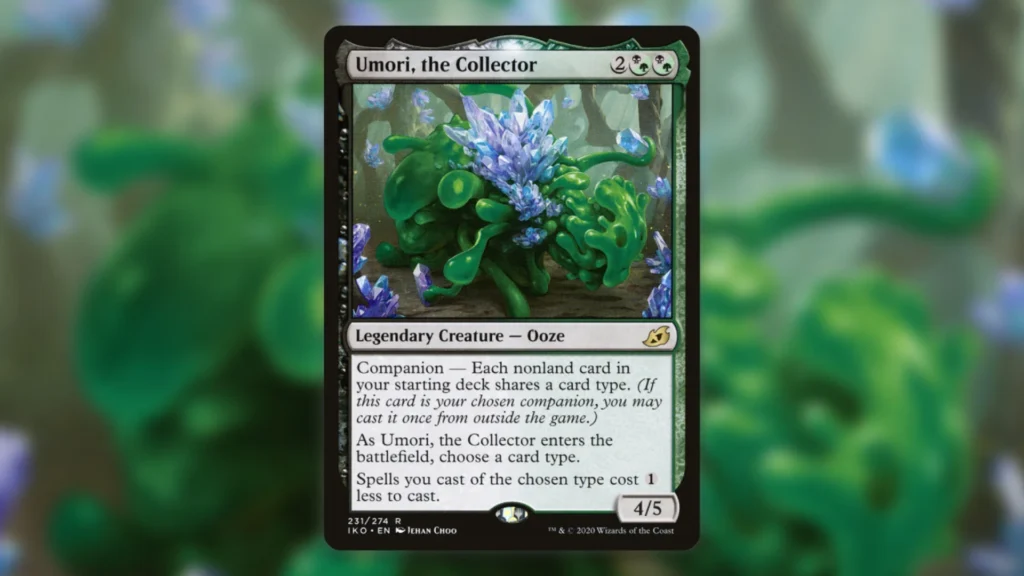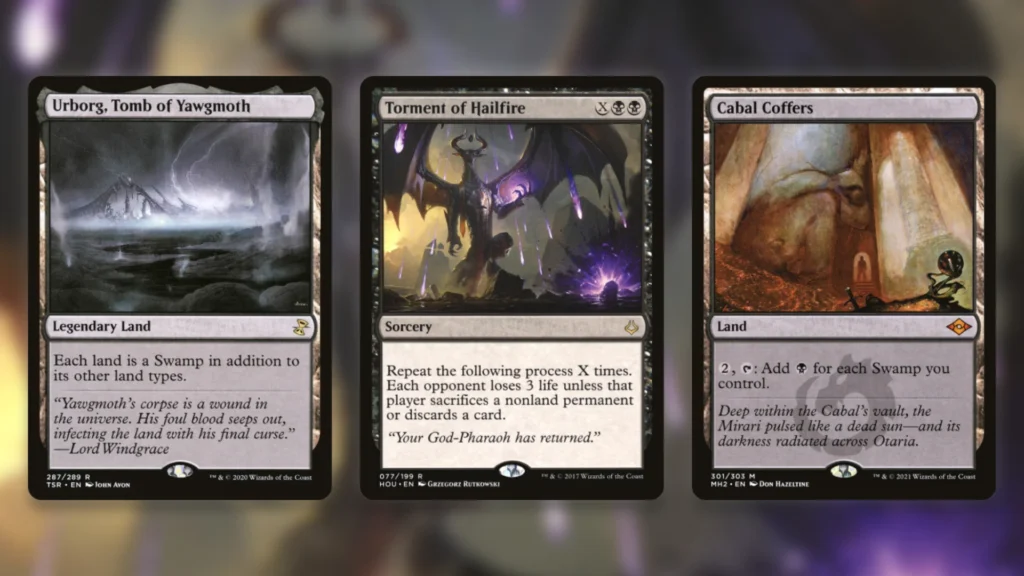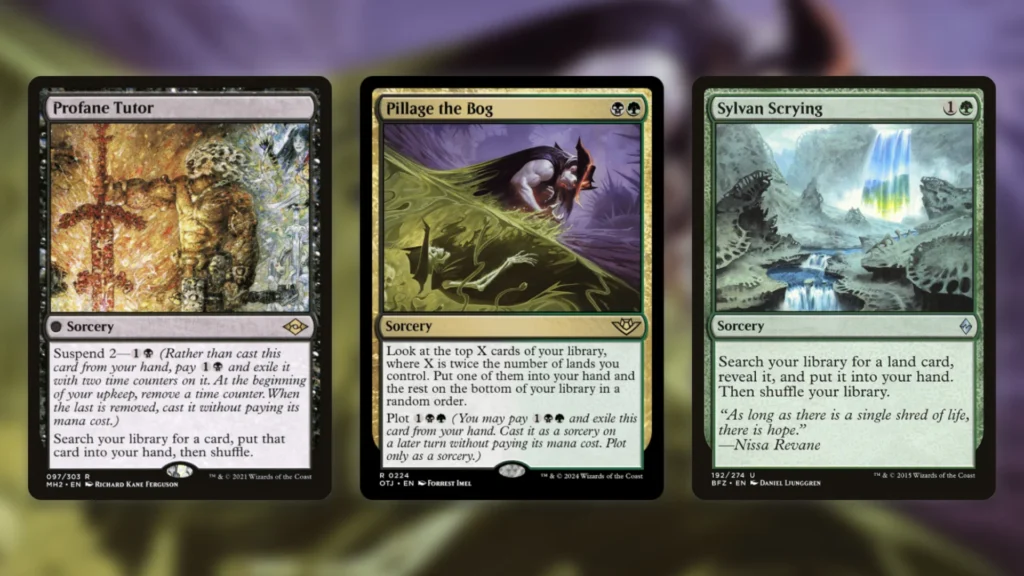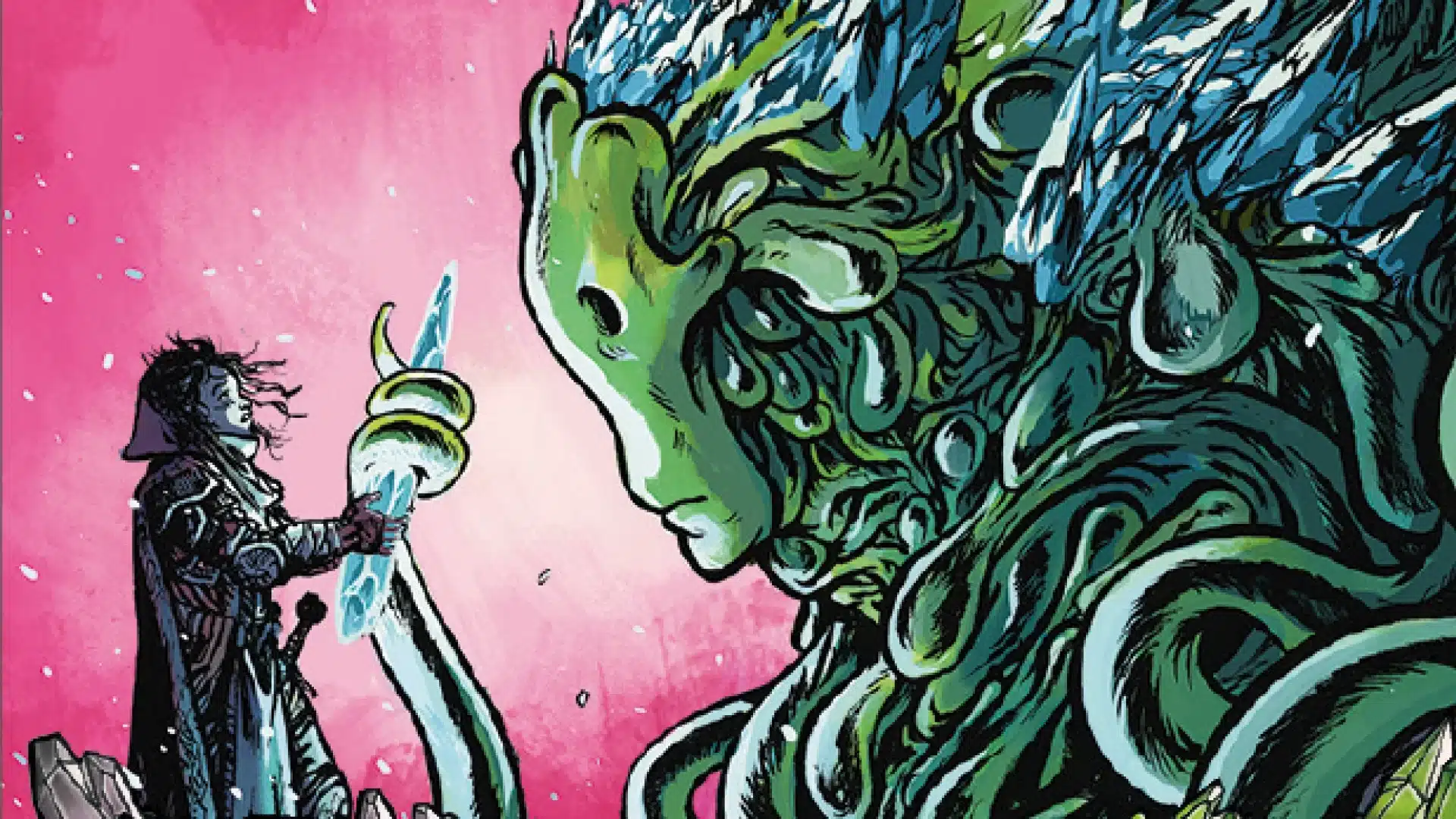Just when you think you know everything there is to know about Magic: The Gathering, it surprises you one more time. Modern has been in a bit of a predictable place for a while now. Boros Energy vies with various combo decks for the top spot, and Izzet Prowess is as obnoxious as it is everywhere else. It’s not the kind of format you’d expect wacky innovation from, and yet this week we’ve seen just that. In Sunday’s MTG Online Modern Challenge, an All-Sorcery Umori deck put on a seriously impressive performance.
Umori is one of the few remaining Companions that haven’t been banned in one format or another. That doesn’t mean it’s a slouch in the power department, of course. Its unique ability lends itself to equally unique deckbuilding, with players often playing all-creature decks to leverage its discount. Seeing this Companion’s talents applied to a full sorcery list is bizarre at first, but once you dive in, it makes a surprising amount of sense. This deck may not be a future meta-breaker, but it’s one of the most innovative Modern lists we’ve seen in a while, regardless.
An All-Sorcery Umori Deck In MTG Modern?

The All-Sorcery Umori deck in question comes to us via Walri, who played it to a fourth-place finish in Sunday’s MTG Online Modern League. Considering there were 53 players in the event, that’s not bad at all.
The core idea of the deck is very simple. You can run Umori as your Companion as long as all of the nonland cards in your deck share a card type. You can then access it as you normally would with a Companion, and snag a nice one-mana discount on all your spells of the chosen type. In most cases players pick creature as their type, to avoid leaving themselves defenseless. In Walri’s case, they’ve gone down a more challenging route and picked sorcery.
Every nonland card in this list, and there are 43 of them, is a sorcery. This is an unusual deck structure in and of itself, but things go further still. Many of the sorceries here are one-ofs, making the list look like a Commander deck at first glance. The deck also goes over the typical size, too, running 69 cards in total when you factor in the 26 lands.
The sorceries Walri runs here are an eclectic bunch, and not clearly conducive to a coherent gameplan. You’ve got hand disruption in Inquisition of Kozilek, board wipes like Culling Ritual, and a big stack of tutors like Dark Petition. There’s a good but of incidental graveyard hate too, with cards like Dreams of Steel and Oil and Go Blank. The deck is clearly a hard control list, set up more to stop its opponents from winning the game than to win the game itself.
Cashing In The Coffers

Every deck has a win condition somewhere, of course. It just takes a little more digging than usual to find Walri’s here. If you manage to take your eyes off that impressive pile of sorceries, you’ll notice two iconic lands in the manabase: Urborg, Tomb of Yawgmoth, and Cabal Coffers. This is a duo best known for its absurd mana production capabilities in Commander. Here, it’s what allows the deck to go over the top and actually close out a game.
With a reasonable five lands in play, two of which being the two above, you can produce seven mana. This figure increases for every turn you manage to stall and make another land drop, and it doubles if you can get another Cabal Coffers into play. With this big stack of mana, you can cast Torment of Hailfire, either burning your opponent out or totally crippling them in terms of resources. In the latter case, you can then funnel your mana into Lair of the Hydra and swing for the win.
This is how All-Sorcery Umori wins games in MTG Modern. To make this happen consistently, a good chunk of the deck is dedicated to tutor effects. Sylvan Scrying is one of the best, grabbing either of your key lands for just two mana. Titania’s Command gets both at once, but six mana is a tricky hill to climb before you have the engine going. You can also use Profane Tutor and Dark Petition, either to get your lands or your Torment of Hailfire.
With this in mind, the deck’s overall gameplan is clear. Use control tools to stall early, then mix in some tutors to set up your big mana by the mid game. From there, land Torment of Hailfire to end the game.
An Ongoing Project

Ordinarily, I’d devote this closing section to a deck’s specific matchups in the format and its chances of climbing the ranks. All-Sorcery Umori is a bit of an exception, however. In every possible aspect, this isn’t a normal Magic: The Gathering deck. It’s really more of a self-imposed challenge on Walri’s part, and one they’re doing shockingly well with given the circumstances.
You can see this in the 69 total cards, which could easily be trimmed down to 60 by cutting some of the deck’s one-ofs. You can also see it in the broader decision to run Umori at all. The sorcery discount can be handy, to be sure, but paying seven total mana for it is a good way to lose a game in Modern. Boring as it is, the deck would honestly function better as a regular, 60-card, non-Umori Control list.
That Walri has gone against the grain here implies that they’re not shooting for competitive glory, but rather playing a personal pet deck to prove a point. This is especially evident on the deck’s archetype page on MTG Decks. With very few exceptions, Walri is the only person playing the deck at all, since May of last year. So far, they’ve had mixed results across a range of Modern events, but Sunday’s top-four Challenge performance is definitely a highlight.
For the average player, Walri’s deck is a fun anecdote and nothing more. For those who spend hours tinkering with pet decks, grinding Leagues, and celebrating even middling results, however, it’s inspirational. It proves that, with enough persistence, even the most left-field decks can see their day in the sun.
Stick with us here at mtgrocks.com: the best site for Magic: The Gathering coverage!
